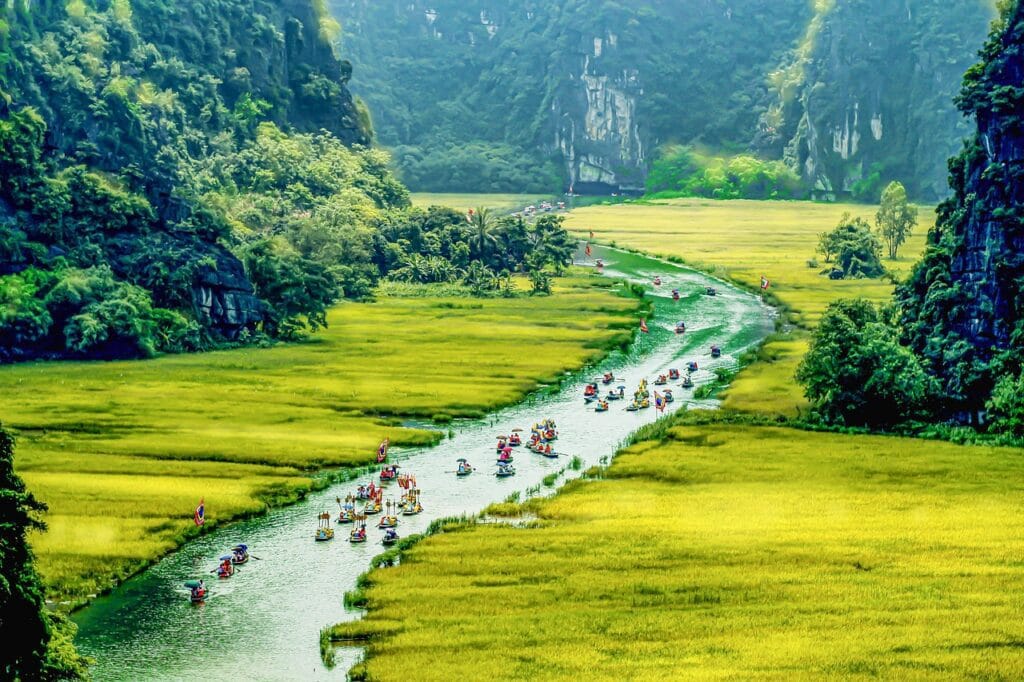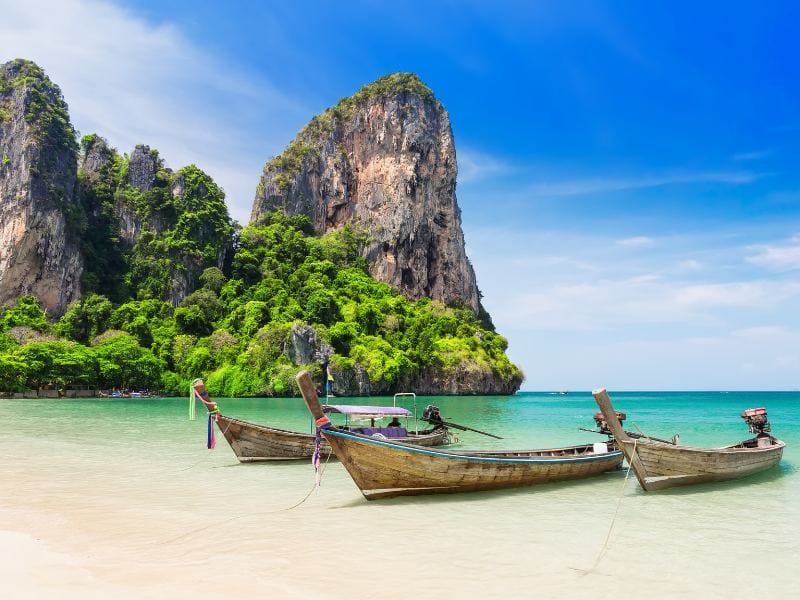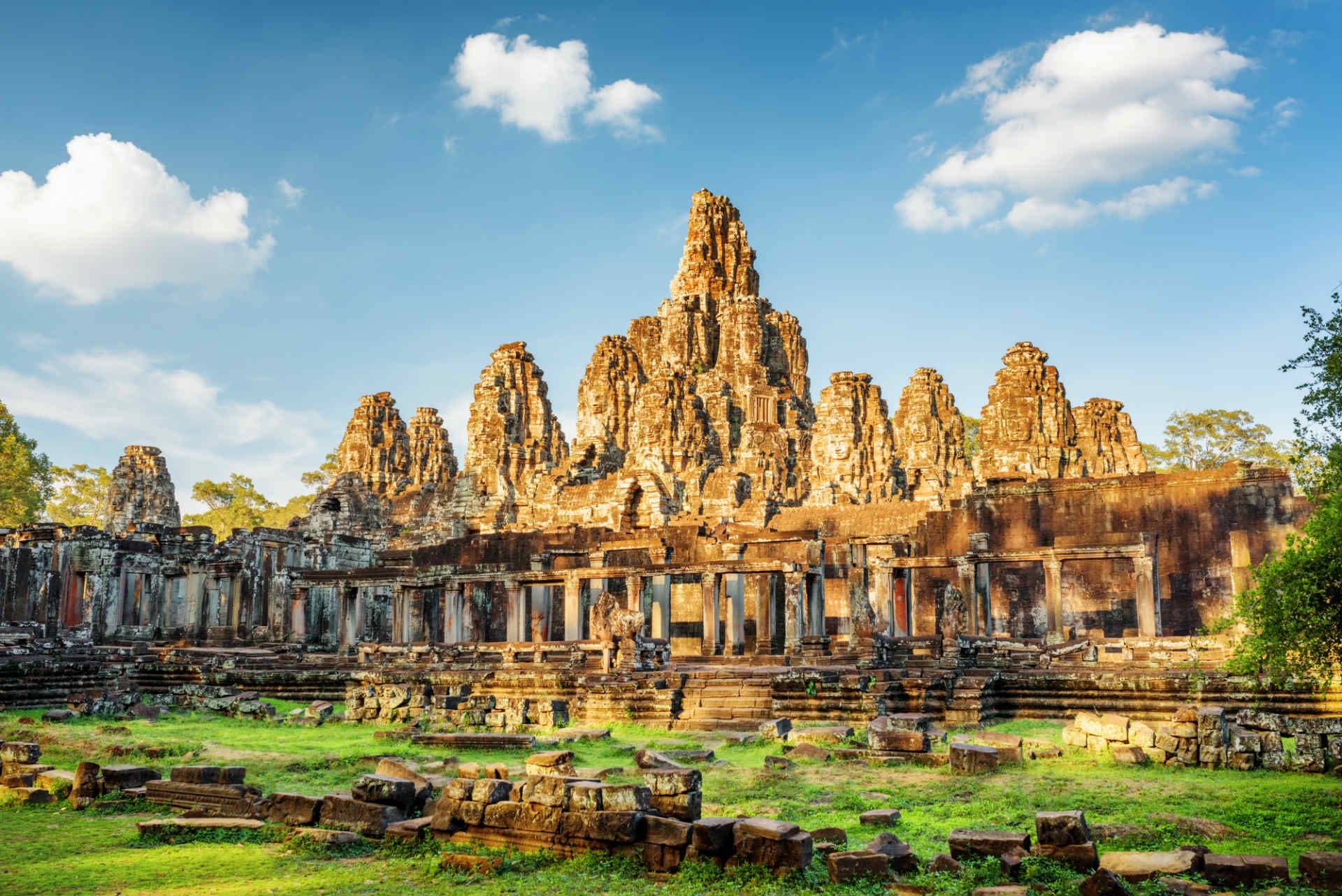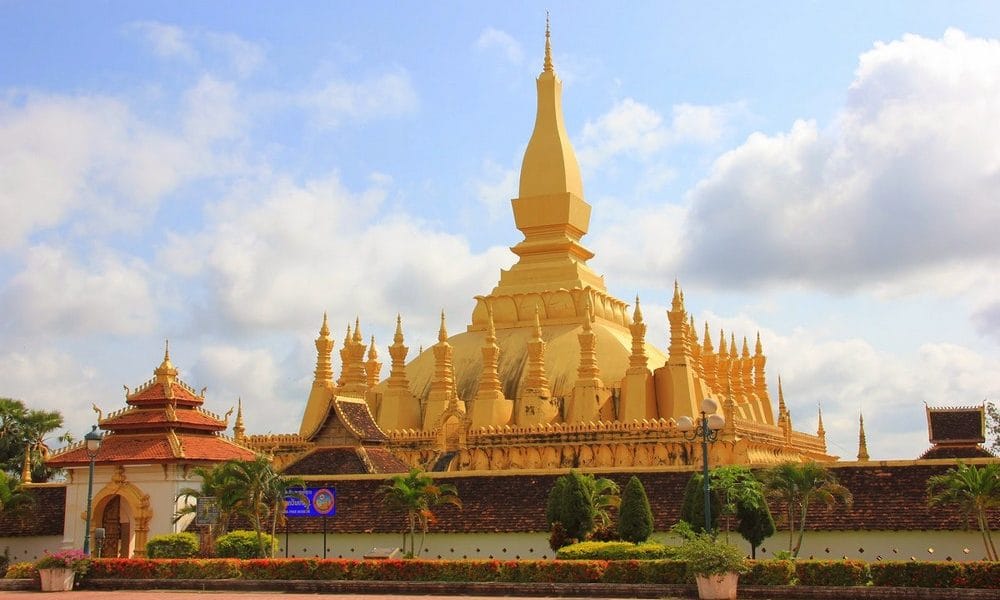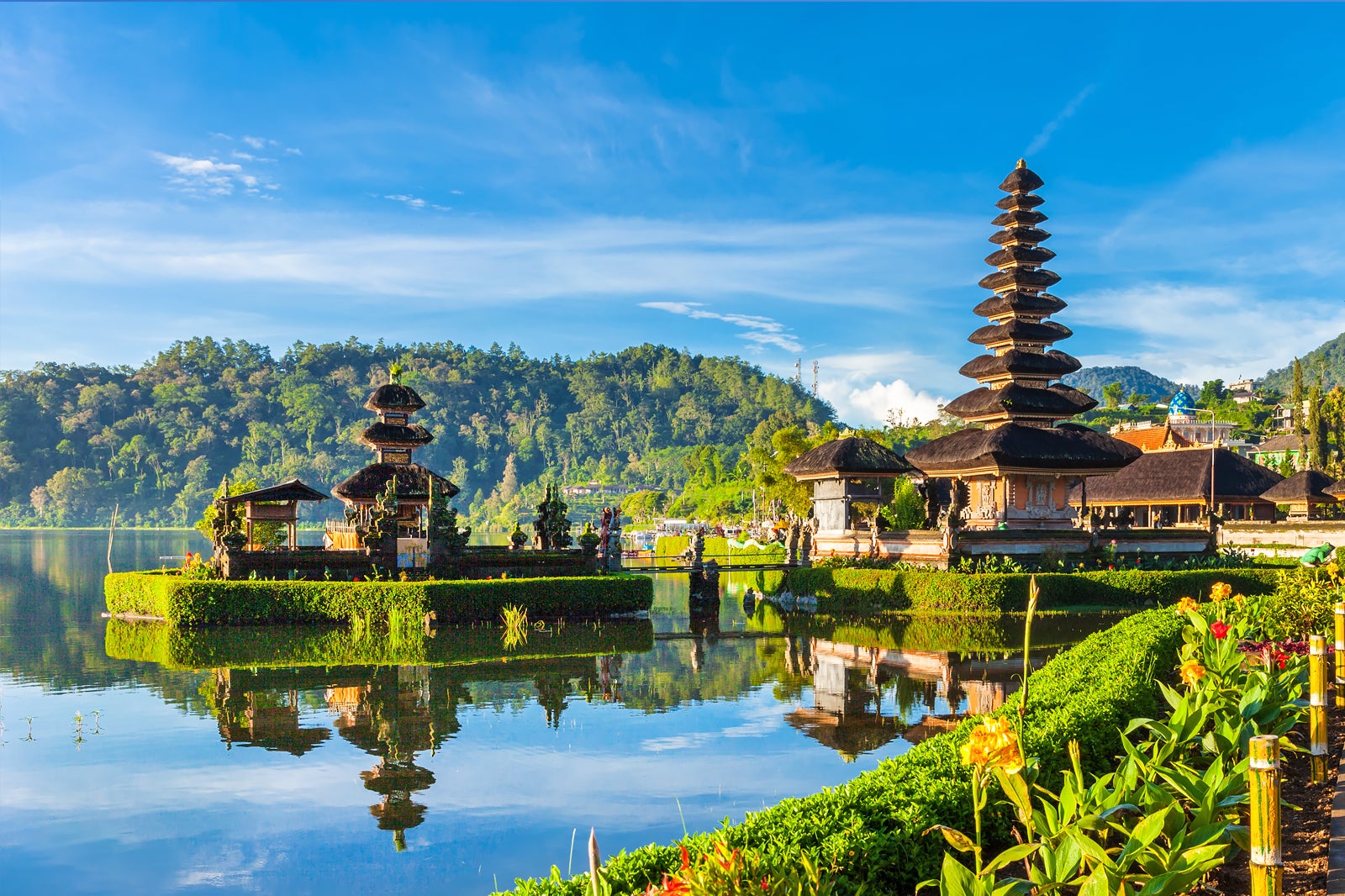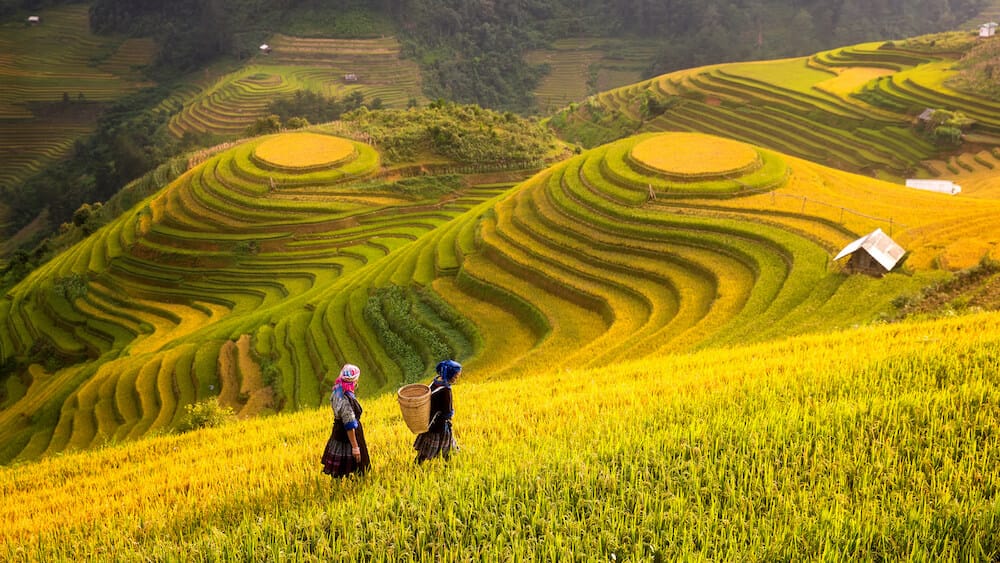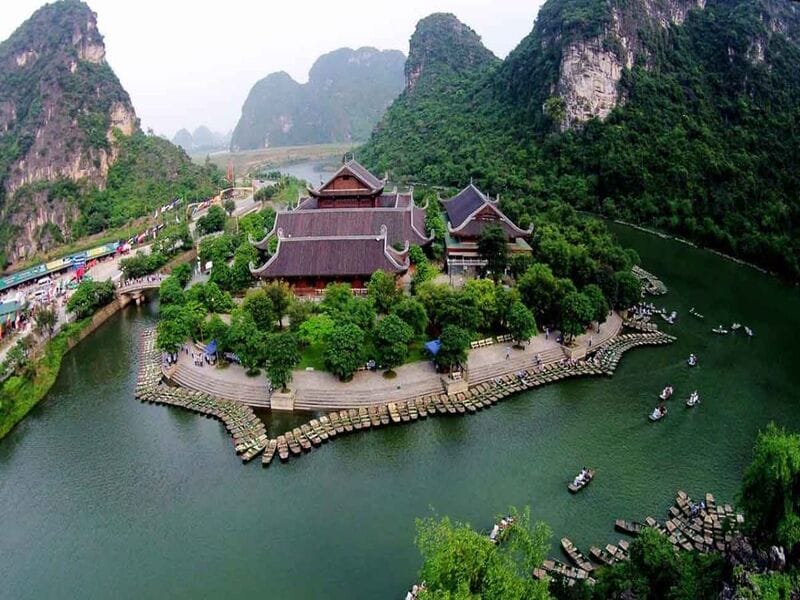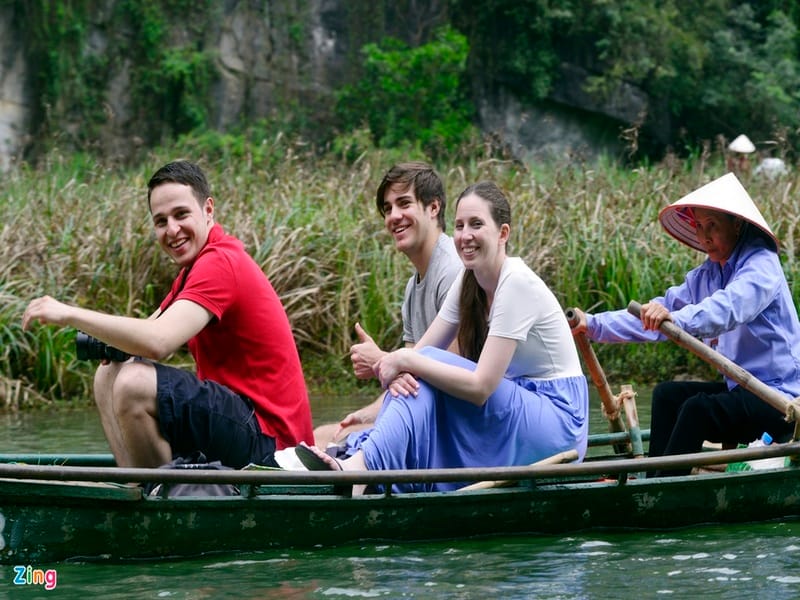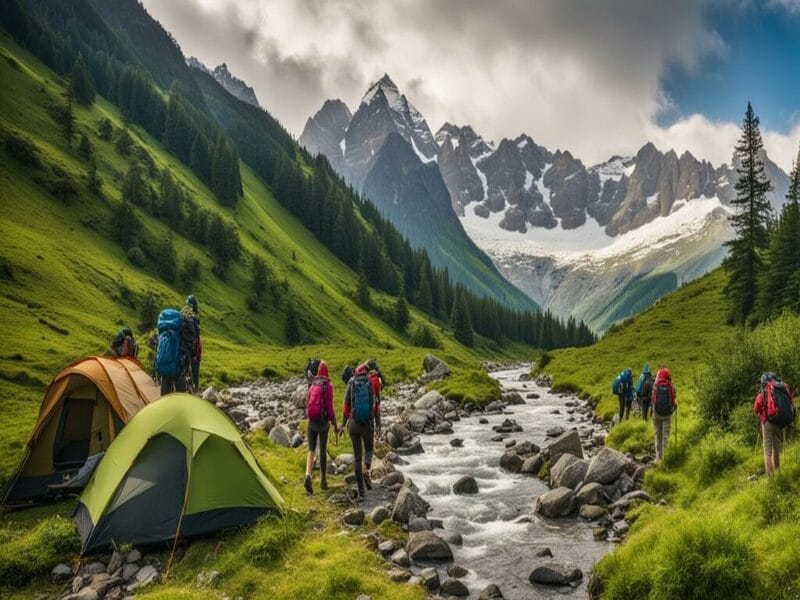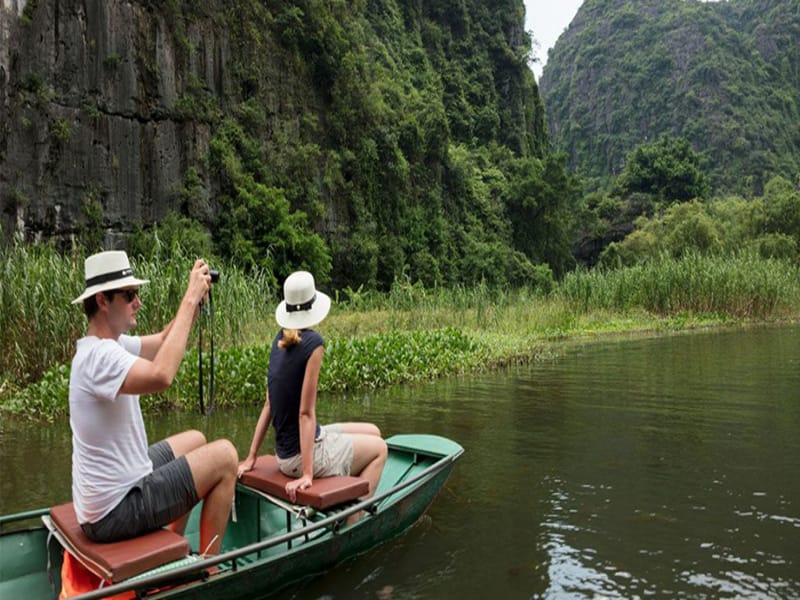Muong Hoa Valley is one of the most captivating destinations in Sapa, attracting many visitors every year. Nestled within the majestic Hoang Lien Son mountain range, the valley enchants travelers with its surreal and magical natural beauty. If you already love the sight of terraced fields during the golden rice harvest or the clear streams running through the villages, Muong Hoa Valley will deepen that affection.
1. Where is Muong Hoa Valley?
Muong Hoa Valley is located in Hau Thao commune, about 10 kilometers southeast of Sapa town center. This area is home to various ethnic minorities such as the H’Mong, Dao, and Giay peoples.
To reach Muong Hoa Valley, you must cross the towering peaks of the Hoang Lien Son mountain range. Although the road is challenging, the breathtaking views and fresh, cool climate surrounded by lush forests make the journey worthwhile. Many visitors who love Sapa regard Muong Hoa Valley as a gem, often choosing a vantage point midway up the mountain to enjoy the sweeping panorama of this enchanting green landscape.
2. Special Features of Muong Hoa Valley
2.1. Muong Hoa Stream – The Giant Python
Muong Hoa Stream winds approximately 15 kilometers through the valley, resembling a giant python slithering through nature. Along its banks, you’ll find stunning terraced fields. During the rice harvest, the water reflects a shimmering golden hue that amplifies the valley’s magical allure. A popular viewpoint is the Sapa Rattan Bridge, which offers an excellent overview of the valley and is favored by many visitors.
2.2. The Mystery of Sapa’s Ancient Stone Field
The Sapa Ancient Stone Field lies near the communes of Ta Van, Su Pan, and Hau Thao. Stretching about 4 kilometers long and 2 kilometers wide, it was discovered by a French archaeologist in 1925 and designated a national historic site in 1994.
The field contains nearly 200 diverse rocks scattered across Ta Van, Hau Thao, and Su Pan, divided into two parts. Near Pho village, inhabited by the H’Mong, the rocks are notable not for their number but their size, with some as long as 13 meters, engraved with complex parallel and horizontal lines. The other section lies near the border between Hau Thao and Lao Chai wards, with rocks etched with varied mysterious inscriptions.
These ancient stones, scattered among the terraced fields and trees, feature strange carvings of human figures, writings, sun symbols, footsteps, and pathways. Some believe these are messages or maps left by ancestors. The meaning of these 3,000-year-old drawings remains an unsolved mystery.
2.3. Terraced Fields
While terraced fields are common throughout Sapa, those in Muong Hoa Valley are the largest and most picturesque. Their elegant curves wrap around the hillsides, creating an inclined landscape of stunning beauty. During the irrigation and harvest seasons, the terraced fields offer unforgettable scenic views.
2.4. Unique Festivals
Sapa is also famous for its vibrant ethnic festivals. In Muong Hoa Valley, you can experience traditional celebrations such as the Roong Pooc New Year Festival of the Giay people and the dance festivals of the Dao Do community. These events showcase rich cultural traditions and community spirit unique to the Northwest ethnic groups.
3. Best Time to Visit Muong Hoa Valley
Each season brings a unique charm to Muong Hoa Valley:
- March to May:The weather is stable and pleasant, perfect for exploring. The valley is lush green under bright morning sunshine, with cool but comfortable nights supporting a thriving ecosystem.
- September to November:The rice harvest season paints the terraces golden yellow, filling the valley with a fragrant, peaceful atmosphere admired by many visitors.
- December to February:Snowfall graces the valley, allowing visitors to experience the cold, enchanting climate of the Northwest highlands.
4. Foods to Try When Visiting Sapa’s Ancient Rock Field
Sapa’s cuisine may not be as diverse as other regions in Northwest Vietnam, but it offers unique, memorable flavors made from natural, locally sourced ingredients. Dishes often feature vegetables, bamboo shoots, and mushrooms harvested from nearby forests.
Specialties include steamed lean pork, smoked buffalo meat, and grilled fish, all seasoned with natural spices grown by local ethnic communities. Paired with traditional corn wine—the soul of the highlanders—these dishes provide an authentic taste experience you won’t forget.
5. Things to Do in Muong Hoa Valley
5.1. Watch the Sunrise and Sunset
Many tourists enjoy viewing Muong Hoa Valley from above, and the Muong Hoa Mountain climbing train is an excellent way to reach a high vantage point easily. The train, designed like a classic European carriage, offers a comfortable and exciting journey. From the top, you can admire panoramic views of the valley, surrounding forests, and mountain ranges. The ticket price is affordable for most travelers.
5.2. Motorcycling
For adventure seekers, motorcycling through the valley is highly recommended. Local companies offer guided cycling tours and mountain bike rentals. However, due to the mountainous terrain, it’s best for those with good fitness and biking experience. The ride offers thrilling experiences, with plenty of opportunities to stop and admire the terraced fields or interact with ethnic communities along the way.
5.3. Trekking
Trekking is a more physically demanding but rewarding way to explore the valley. Along the trails, you can pause to photograph terraced fields and meet local villagers. If tired, you can stay in a local village guesthouse, savor ethnic dishes, and engage in cultural exchanges. During festival times, trekkers can participate in community celebrations and activities.

